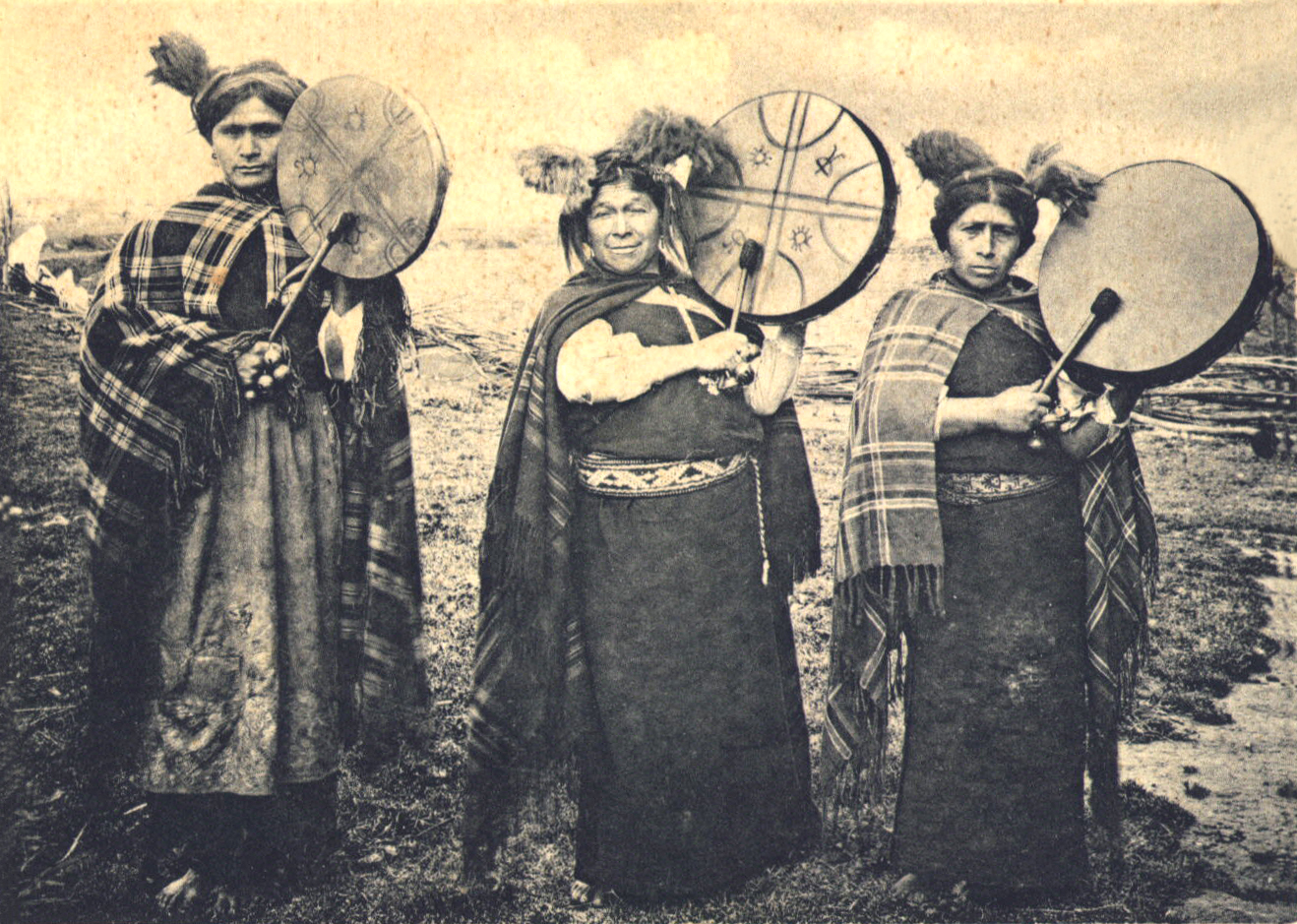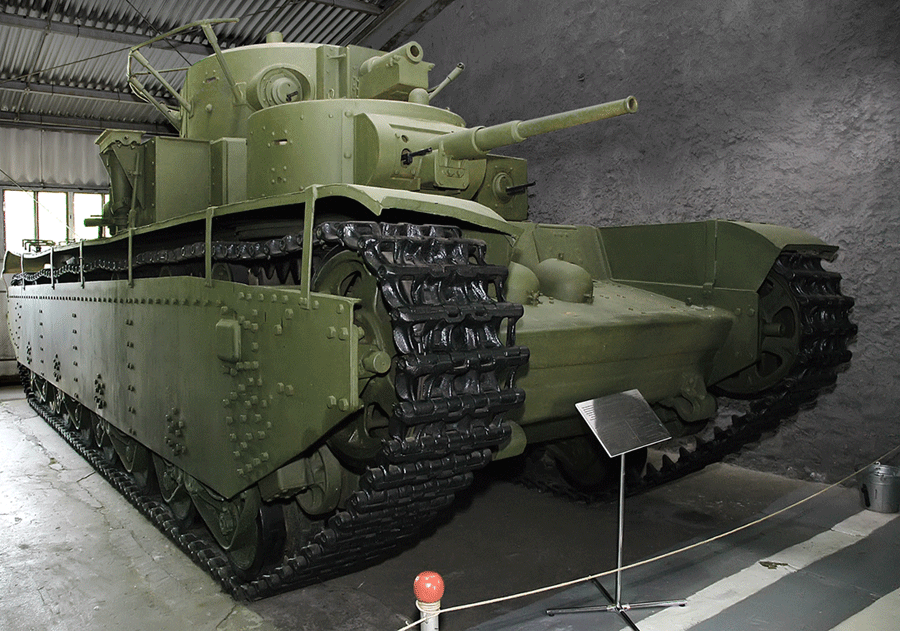|
Pillan
The Pillan (of Mapudungun origin; singular ''pillán'' and plural ''pillanes'' in Spanish) is a powerful and respected male spirit in Mapuche mythology. According to legend, the Pillan are good spirits, but they can also cause disasters, since they also punish (or they allow the ''wekufe'' to punish) with drought or flood, earthquakes, or diseases. The '' Antü'' is the most powerful Pillan, who governs the others. In the Mapuche tradition, a man that follows the laws of the '' admapu'' can also become a Pillan after death. The Mapuche perform a ''ngillatun'' ceremony for the Pillan, for the latter to grant benefits to the people, and to thank them for their gifts. The Pillan have been described as spirits that live in the '' Wenumapu'' (a spiritual world of good), and those that inhabit the earth generally live inside the volcanoes. (Example: Osorno and Quetrupillán Volcano). The accompanying female spirits of the Pillan are the Wangulen spirits. The name Pillan was used by C ... [...More Info...] [...Related Items...] OR: [Wikipedia] [Google] [Baidu] |
Pillan
The Pillan (of Mapudungun origin; singular ''pillán'' and plural ''pillanes'' in Spanish) is a powerful and respected male spirit in Mapuche mythology. According to legend, the Pillan are good spirits, but they can also cause disasters, since they also punish (or they allow the ''wekufe'' to punish) with drought or flood, earthquakes, or diseases. The '' Antü'' is the most powerful Pillan, who governs the others. In the Mapuche tradition, a man that follows the laws of the '' admapu'' can also become a Pillan after death. The Mapuche perform a ''ngillatun'' ceremony for the Pillan, for the latter to grant benefits to the people, and to thank them for their gifts. The Pillan have been described as spirits that live in the '' Wenumapu'' (a spiritual world of good), and those that inhabit the earth generally live inside the volcanoes. (Example: Osorno and Quetrupillán Volcano). The accompanying female spirits of the Pillan are the Wangulen spirits. The name Pillan was used by C ... [...More Info...] [...Related Items...] OR: [Wikipedia] [Google] [Baidu] |
Mapuche Mythology
The mythology and religion of the indigenous Mapuche people of south-central Chile and southwestern Argentina is an extensive and ancient belief system. A series of unique legends and myths are common to the various groups that make up the Mapuche people. These myths tell of the creation of the world and the various deities and spirits that reside in it. Overview In order to describe the beliefs of the Mapuche people, it is important to note that there are no written records about their ancient legends and myths from before the Spanish arrival, since their religious beliefs were passed down orally. Their beliefs are not necessarily homogenous; among different ethnic groups, and the families, villages, and territorial groups within those ethnic groups, there are variations and differences and discrepancies in these beliefs. Likewise, it is important to understand that many of the Mapuche beliefs have been integrated into the myths and legends of Chilean folklore, and to a les ... [...More Info...] [...Related Items...] OR: [Wikipedia] [Google] [Baidu] |
Wekufe
The wekufe, also known as huecufe, wekufü, watuku, huecufu, huecubo, huecubu, huecuvu, huecuve, huecovoe, giiecubu, güecubo, güecugu, uecuvu, güecufu; is an important type of harmful spirit or demon in Mapuche mythology. The word wekufe comes from the Mapudungun word ''wekufü'' meaning "demon, outside being". Concept In the Mapuche language, Mapudungun, the word wekufe can be attributed to any person that tells lies or is deceptive. It was only after the arrival of Catholicism when the Mapuche people had gained the concept of evil that the word became associated with demons. Since that time the idea behind wekufe has broadened to include multiple meanings, either as a subject, quality or agent depending on the speaker's reference point or the situation that it is used in. The word is generally used as a generic name in order to describe creatures from Mapuche mythology that usually have harmful intentions towards human beings. These beings can have solid, material bodies, ... [...More Info...] [...Related Items...] OR: [Wikipedia] [Google] [Baidu] |
Quetrupillán
Quetrupillán ("blunted", "mutilated"; also known as Ketropillán) is a stratovolcano located in Los Ríos Region of Chile. It is situated between Villarrica and Lanín volcanoes, within Villarrica National Park. Geologically, Quetrupillán is located in a tectonic basement block between the main traces of Liquiñe-Ofqui Fault (to the west) and Reigolil-Pirihueico Fault (to the east). The volcano consists of one stratovolcano with a summit caldera, and is constructed within a field of smaller centres and a larger caldera. It was active during the late Pleistocene; some large eruptions occurred during the Holocene as well. Geology and geography The volcano is situated in the Curarrehue, Pucón and Panguipulli municipalities of the Cautín and Valdivia provinces. Towns close to Quetrupillán are Catripulli, Currarehue and Puesco. It is considered Chile's 21st most dangerous volcano. Regional Off the western coast of South America, the Nazca Plate subducts beneath the Sout ... [...More Info...] [...Related Items...] OR: [Wikipedia] [Google] [Baidu] |
Quetrupillán Volcano
Quetrupillán ("blunted", "mutilated"; also known as Ketropillán) is a stratovolcano located in Los Ríos Region of Chile. It is situated between Villarrica and Lanín volcanoes, within Villarrica National Park. Geologically, Quetrupillán is located in a tectonic basement block between the main traces of Liquiñe-Ofqui Fault (to the west) and Reigolil-Pirihueico Fault (to the east). The volcano consists of one stratovolcano with a summit caldera, and is constructed within a field of smaller centres and a larger caldera. It was active during the late Pleistocene; some large eruptions occurred during the Holocene as well. Geology and geography The volcano is situated in the Curarrehue, Pucón and Panguipulli municipalities of the Cautín and Valdivia provinces. Towns close to Quetrupillán are Catripulli, Currarehue and Puesco. It is considered Chile's 21st most dangerous volcano. Regional Off the western coast of South America, the Nazca Plate subducts beneath the So ... [...More Info...] [...Related Items...] OR: [Wikipedia] [Google] [Baidu] |
Mapuche Deities
The Mapuche ( (Mapuche & Spanish: )) are a group of indigenous inhabitants of south-central Chile and southwestern Argentina, including parts of Patagonia. The collective term refers to a wide-ranging ethnicity composed of various groups who shared a common social, religious, and economic structure, as well as a common linguistic heritage as Mapudungun speakers. Their habitat once extended from Aconcagua Valley to Chiloé Archipelago and later spread eastward to Puelmapu, a land comprising part of the Argentine pampa and Patagonia. Today the collective group makes up over 80% of the indigenous peoples in Chile, and about 9% of the total Chilean population. The Mapuche are particularly concentrated in the Araucanía region. Many have migrated from rural areas to the cities of Santiago and Buenos Aires for economic opportunities. The Mapuche traditional economy is based on agriculture; their traditional social organization consists of extended families, under the direction of a ... [...More Info...] [...Related Items...] OR: [Wikipedia] [Google] [Baidu] |
Mapuche
The Mapuche ( (Mapuche & Spanish: )) are a group of indigenous inhabitants of south-central Chile and southwestern Argentina, including parts of Patagonia. The collective term refers to a wide-ranging ethnicity composed of various groups who shared a common social, religious, and economic structure, as well as a common linguistic heritage as Mapudungun speakers. Their habitat once extended from Aconcagua Valley to Chiloé Archipelago and later spread eastward to Puelmapu, a land comprising part of the Argentine pampa and Patagonia. Today the collective group makes up over 80% of the indigenous peoples in Chile, and about 9% of the total Chilean population. The Mapuche are particularly concentrated in the Araucanía region. Many have migrated from rural areas to the cities of Santiago and Buenos Aires for economic opportunities. The Mapuche traditional economy is based on agriculture; their traditional social organization consists of extended families, under the direction ... [...More Info...] [...Related Items...] OR: [Wikipedia] [Google] [Baidu] |
Villarrica (volcano)
Villarrica ( ) ( es, Volcán Villarrica, arn, Ruka Pillañ) is one of Chile's most active volcanoes, rising above the lake and town of the same name, south of Santiago. It is also known as Rucapillán, a Mapuche word meaning "great spirit's house" or " the demon's house". It is the westernmost of three large stratovolcanoes that trend northwest to southeast obliquely perpendicular to the Andean chain along the Mocha-Villarrica Fault Zone, and along with Quetrupillán and the Chilean portion of Lanín, are protected within Villarrica National Park. Guided ascents are popular during summer months. Villarrica, with its lava of basaltic-andesitic composition, is one of a small number worldwide known to have an active (but in this case intermittent) lava lake within its crater. The volcano usually generates strombolian eruptions with ejection of incandescent pyroclasts and lava flows. Rainfall plus melted snow and glacier ice can cause massive lahars (mud and debris flows ... [...More Info...] [...Related Items...] OR: [Wikipedia] [Google] [Baidu] |
Mocho-Choshuenco
Mocho-Choshuenco (Pronounced: ) is a glacier covered compound stratovolcano in the Andes of Los Ríos Region, Chile. It is made of the twin volcanoes Choshuenco in the northwest and the Mocho in the southeast. The highest parts of the volcano are part of the Mocho-Choshuenco National Reserve while the eastern slopes are partly inside the Huilo-Huilo Natural Reserve. Choshuenco, located on the northwest rim of the 4 km wide caldera, is of late glacial age. It has a heavily eroded crater and is currently dormant. Mocho is an andesitic-dacitic volcano placed above the caldera. Some parasitic craters and cinder cones are located on the southwest and northeast flanks of the stratovolcano. Mocho has its earliest certainly recorded eruption in 1759, older eruptions reported are uncertain due to the usage of different names and inexact maps. The northern foothills of Mocho-Choshuenco are surrounded by an arc of rivers and lakes formed by Fui, Enco and Llanquihue River, and ... [...More Info...] [...Related Items...] OR: [Wikipedia] [Google] [Baidu] |
Mapudungun
Mapuche (, Mapuche & Spanish: , or Mapudungun; from ' 'land' and ' 'speak, speech') is an Araucanian language related to Huilliche spoken in south-central Chile and west-central Argentina by the Mapuche people (from ''mapu'' 'land' and ''che'' 'people'). It is also spelled Mapuzugun and Mapudungu. It was formerly known as Araucanian, the name given to the Mapuche by the Spaniards; the Mapuche avoid it as a remnant of Spanish colonialism. Mapudungun is not an official language of the countries Chile and Argentina, receiving virtually no government support throughout its history. However, since 2013, Mapuche, along with Spanish, has been granted the status of an official language by the local government of Galvarino, one of the many Communes of Chile. It is not used as a language of instruction in either country's educational system despite the Chilean government's commitment to provide full access to education in Mapuche areas in southern Chile. There is an ongoing political ... [...More Info...] [...Related Items...] OR: [Wikipedia] [Google] [Baidu] |
T-35 Pillan
The T-35 was a Soviet multi- turreted heavy tank of the interwar period and early Second World War that saw limited production and service with the Red Army. Often called a land battleship, it was the only five-turreted heavy tank in the world to reach production, but proved to be slow and mechanically unreliable. Most of the T-35 tanks still operational at the time of Operation Barbarossa were lost due to mechanical failure rather than enemy action. It was designed to complement the contemporary T-28 medium tank; however, very few were built. Outwardly, it was large; but internally, the spaces were cramped with the fighting compartments separated from each other. Some of the turrets obscured the entrance hatches. Production history The T-35 was developed by the OKMO design bureau of the Bolshevik Factory, which began work on a heavy tank in 1930. Two teams developed separate designs. The team headed by German engineer Grotte worked on the 100-ton four-turreted TG-5 tank, ... [...More Info...] [...Related Items...] OR: [Wikipedia] [Google] [Baidu] |



